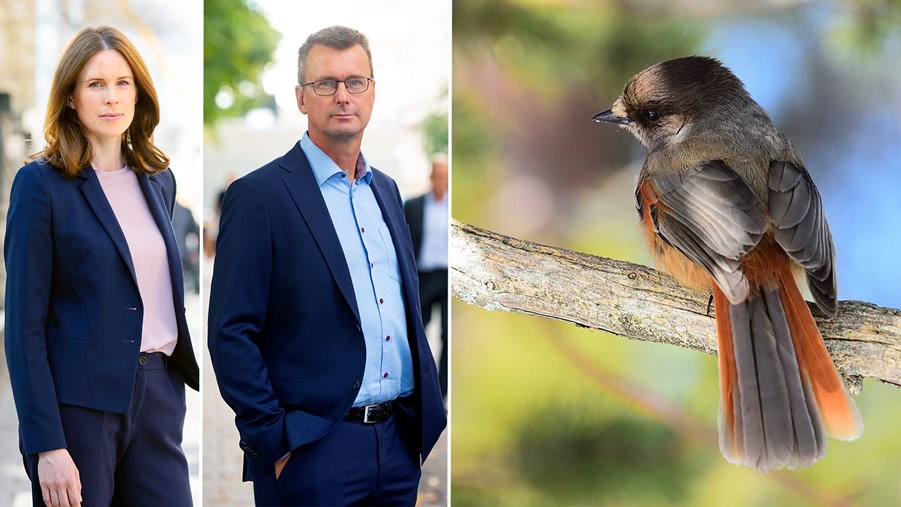
The European Commission has put forward a comprehensive proposal for legally binding EU nature restoration targets. The aim is to restore EU’s ecosystems and help to increase biodiversity, mitigate and adapt to climate change, and prevent and reduce the impacts of natural disasters. A key question going forward will be how to combine the objectives of this proposal with the need to transform our society in the face of climate change.
“For society to become less dependent on fossil fuels, we will need more renewable and recyclable raw materials. This has to be carefully assessed in the legislative process going forward, also taking into account the risk of increased dependency on imports from outside the EU. It will be important to find forms where we can combine restoration and active forest management in the same landscape”, says Magnus Berg, Director of Public Affairs at the Swedish Forest Industries.
Interpretation of targets and reference values will be decisive
The proposal includes targets for habitats under the Habitats Directive and obligations to achieve improving trends for a set of indicators for forest ecosystems.
“Restoring degraded nature and improving biodiversity are important objectives that we welcome. We see however that the proposal sets targets beyond degraded areas and contains detailed provisions which may not be suitable across the wide variety of forest ecosystems in the EU. Many questions remain regarding the implementation and impact of this proposal. For example, the interpretation of the targets and the reference values will be decisive”, says Emma Berglund, Forest Director, EU and international, at the Swedish Forest Industries.
Secure long-term predictability for forest owners and industry
The slow growing boreal forests are by definition a long-term investment for the owners. Industries also need a clear vision for the future, both in terms of production and investments.
“The legislative framework must secure long-term predictability and confidence for forest owners and industry. If this is not the case, they will be restricted in making investments and take actions that in the long-term would benefit nature restoration and the availability of renewable raw materials. To ensure a stable and predictable operating environment for industries, legislation should not be constantly changed, and the changes should always include wide impact assessments taking into account direct and indirect economic effects”, says Emma Berglund.



